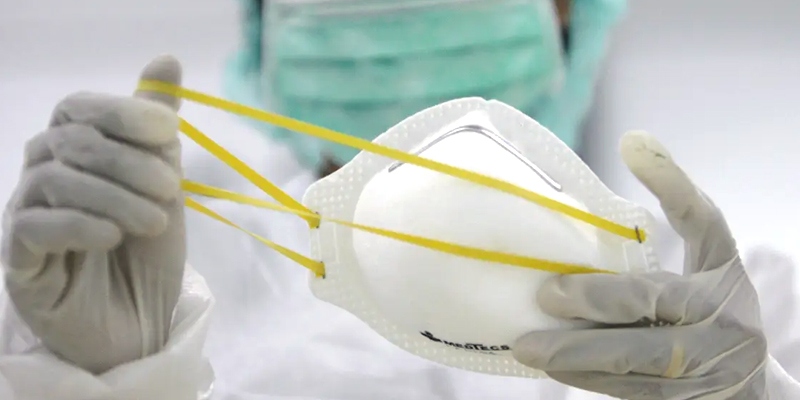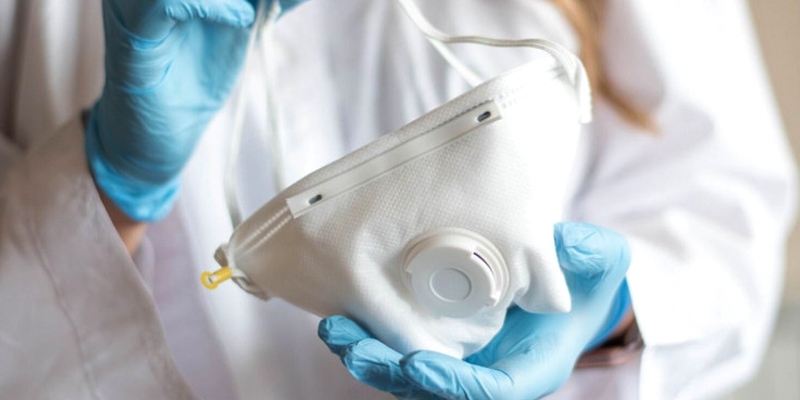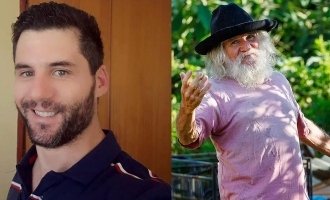Scientists develop face masks that light up when they detect coronavirus


Send us your feedback to audioarticles@vaarta.com



According to a post on Harvard University's Wyss Institute, a team of scientists at Harvard and MIT is adapting an Ebola- and Zika-detecting face mask tool to identify coronavirus cases.
A tool is being adapted by a small team from the University to emit a fluorescent signal when a person with coronavirus breathes, sneezes, or coughs. If the research turns out successful, other screening methods, including temperature checks, might become inoperative. "As we open up our transit system, you could envision it being used in airports as we go through security, as we wait to get on a plane. You or I could use it on the way to and from work. Hospitals could use it for patients as they come in or wait in the waiting room as a pre-screen of who's infected," researcher Jim Collins reportedly informed a news agency. Although the work is still in early stages, the results are found to be promising, according to Collins.
According to the report, in the past few weeks, "Collins' team tested the sensors' detection ability on coronavirus samples contained in a small saliva sample. The team is also experimenting with design - at the moment, the lab is discussing whether it will embed sensors inside masks or develop a new module that might be attached to any conventional mask." The team is apparently set to demonstrate the results within a few weeks.
Collins reportedly further added, "Once we're in that stage, then it would be a matter (of) setting up trials with individuals expected to be infected to see if it would work in a real-world setting. We initially did this on paper to create inexpensive paper-based diagnostics. We've shown it can work on plastic, quartz, as well as cloth."

The sensors themselves are made of genetic material like DNA and RNA which can bind to the viruses. "The genetic material is freeze-dried onto the fabric with help from a machine called lyophilizer, which removes moisture from genetic material without causing it do die. The material can remain stable at room temperature for months, producing mask detectors with a fairly long shelf life. To activate, the sensors need moisture supplied by our bodies when we breathe out respiratory particles like saliva or mucus, and the detection of the genetic sequence of a virus," the report mentioned.
The detection signal, however, isn't visible to the naked eye, and as a result, Collins' team makes use of a device called a fluorimeter to quantify the presence of fluorescent light. "He added that outside of a lab environment, public officials might use handheld versions of these tools which cost about a dollar (according to Collins) to scan the masks of people who might have the virus."
Follow us on Google News and stay updated with the latest!




 Follow
Follow




























































